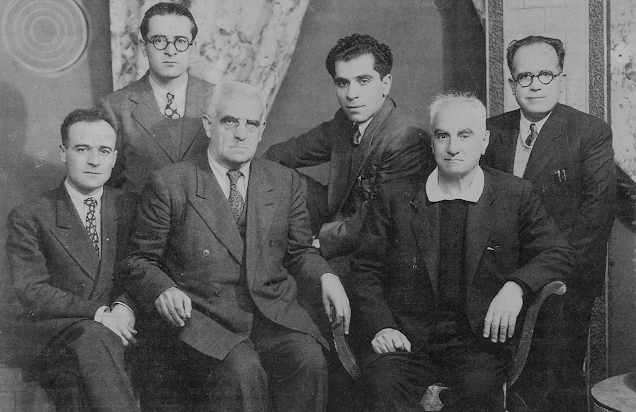Vahe H. Apelian
Today, as Armenia celebrates its independence day, the PM Nikol Pachinyan presented to an audience consisting of the members of his government and young and upcoming students, his vision of Armenia in 2050. He titled his presentation as "Armenia’s Transformation Strategy" (Հայաստանի Վերափոխման Ռազմաւարութիւն). He likened the past 30 years to a single day, he noted saying that it’s like waking up in the morning of September 21, 1991 and not knowing what to do for the rest of the day; he laid down his vision for the next thirty years on the 29thanniversary of the Armenia regaining its independence.
In a power-point type presentation he laid down what he considered to be national values (Ազգային Արժեքներ) - statehood, education, the individual, and labor - and then cited sixteen aims, he considered them to be mega-aims or mega- goals (Մեգանպատակ) for the next 30 years. The presentation last one and a one and a half an hour. The presentation started against a background picture depicting Mount Ararat.
I painstakingly noted them down and while doing so I realized that our language I grew up with and was educated, is irreversibly evolving both in dictation and in vocabulary.
The following were the mega-aims he presented.
1. Կիրթ եւ կարողունակ քաղաքացի, ժողովուրդ
(Educated and capable citizen, people)
2. Պատշպանված Հայաստան
(Protected Armenia)
3. Արդիւնավեր եւ հաշվիտու կառաւարում
(Productive and accountable governance)
4. Առողջ եւ ապահով քաղաքացի
(Healthy and secure citizen)
5. Բազմազավակ եւ բարեկեցիկ ընտանիք
(Well-to-do families with many children)
6. Իրավական Հայաստան
(Just Armenia)
7. Մշակված արտադրանքի զանգվածային արտահանում
(Mass production of quality goods)
8. Մաքուր եւ կանաչ Հայաստան
(Clean and green Armenia)
9. Տարանձգային եւ խելամիտ զարգացում
(Planned expansion)
10. Արտադրողական եւ պատասխանատու Ֆերմերութիւն
(Productive and responsible firms)
11. Մեծ Հայրենադարձութիւն եւ իտեգրում
(Great repatriation and integration)
12. Աշխարհի հետ կապված Հայաստան
(Armenia connected to the rest of the world)
13. Վերանգնվող եւ հանրամատչելի էներգեա
(Renewable and affordable energy)
14. Գործարարերի համար գրավիչ Հայաստան
(Armenia attractive to business owners)
15. Գետելիքահենք Հայաստան
(Armenia leading in e-business)
16. Ճանցված, հարգված եւ հիւրընկալ Հայաստան
(Known, respected and hospitable Armenia).
It is known that PM Pachinyan is a pragmatist. In his vision of the My Step movement he led, he noted that he does not spouse any established ideology. I remember him citing communist China advocating aspects of capitalism and the capitalist United States espousing social programs. His vision, which is meant to transcend his administration, is also very pragmatic and holds both the governor, that is to say the government; and the governed, that is to say the individual citizen, responsible for their welfare, and accountable. About the later he cited persons who abuse their health.
Whether his vision of Armenia of 5 million strong, or for that matter if any of the outlined vision is doable or not, remains to be seen. However, he emphasized that it is important to have a vision citing the government officials, who report to work every day, have an understanding of the greater purpose of their tasks, well beyond being means for corruption that is being harshly dealt with and will not be tolerated.
The attending audience made it amply evident that the vision the PM Pachinyan cited is for an upcoming Armenia, for a newer generation who assumes and will continue to assume the leadership of the country.









